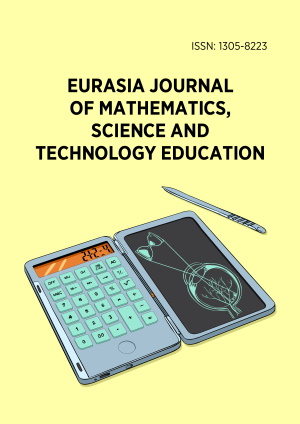Abstract
This study explores the perceptions of pre-service science and mathematics teachers on the effectiveness of studying in English, despite the necessity of teaching these subjects in Arabic. The central concern is the linguistic and pedagogical challenges in bilingual education systems. Using a quantitative research design, data were collected through a validated questionnaire administered to 52 participants in Oman, examining differences by gender and specialization. The instrument assessed academic competence, specialized skills, and teaching practices across lesson planning, delivery, and evaluation stages. Findings indicated positive perceptions of English as a medium of instruction (EMI), particularly in accessing international resources and enhancing professional competencies. Science teachers rated EMI more favorably than mathematics teachers, reflecting the universal nature of scientific terminology. However, challenges were evident, such as difficulties in transferring EMI-acquired knowledge into Arabic, especially for lesson planning and assessment. While no significant gender differences were found within groups, females rated EMI slightly higher in coeducational contexts. This study adds value to the international literature by addressing an underexplored context in bilingual education–the linguistic transition from EMI to native-language instruction in the Arab world. It highlights the importance of localized strategies like translanguaging and tailored teacher training to bridge linguistic gaps. Future research should assess EMI’s long-term impacts on teaching efficacy and student outcomes, ensuring alignment with bilingual education policies.
License
This is an open access article distributed under the Creative Commons Attribution License which permits unrestricted use, distribution, and reproduction in any medium, provided the original work is properly cited.
Article Type: Research Article
EURASIA J Math Sci Tech Ed, Volume 21, Issue 5, May 2025, Article No: em2640
https://doi.org/10.29333/ejmste/16397
Publication date: 20 May 2025
Article Views: 1716
Article Downloads: 825
Open Access References How to cite this article
 Full Text (PDF)
Full Text (PDF)